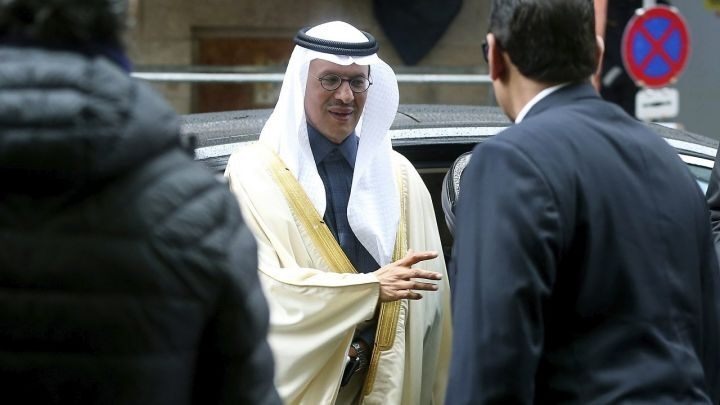Saudi Arabia initiates an oil price war with Russia
09.03.2020
The oil price that could be fall to only 20 USD per barrel likely comes into reality. Instead of tightening supply to maintain prices, negotiations between OPEC and some countries suddenly broke down.
Experts are forecasting a significant drop in crude oil prices as major OPEC and non-OPEC producers are preparing for an oil price war. This is considered an unexpected turning point because there have been some efforts to support the market when COVID-19 starts spreading.
"The price of 20 USD per barrel is becoming realistic," said Ali Khedery, former senior Middle East advisor of Exxon, and current CEO of Dragoman Ventures (USA) on Sunday (March 8).
The comment was made in the context of a 30% drop in oil prices in a year and Saudi Arabia announced it would officially reduce large-scale oil prices from April. The mainstay member of OPEC is also considering increase supply from 9.7 million barrels a day to more than 10 million barrels a day.
With OPEC + 's commitment to cut production expires in the end of March, Saudi Arabia could inject oil into the market as much as it wants. The amount could increase up to 12.5 million barrels a day. Meanwhile, Russian Energy Minister Alexander Novak said the country was ready to fight back.
"From April 1, we will start operating without caring quotas or production cuts that had happened before," Alexander Novak told reporters at the OPEC + meeting in Vienna, but he still reassured "but this does not mean that every country will not monitor and analyze the market development."

Prince Abdulaziz bin Salman Al-Saud, Saudi Energy Minister, arrived at the OPEC meeting in Vienna on March 6. Photo: AFP
"Members of OPEC + are preparing for a price war by announcing plans to increase production," said Edward Bell, a commodity analyst at Emirates NBD. "The result is an incredible flip, instead of cutting production to compensate for the decline in demand, caused by the outbreak of Covid-19," he added.
According to analysts, the move of Saudi Arabia and Russia shows a change in the strategy of gaining market share rather than stabilizing the market and supporting prices. Current daily production in the Middle East and North Africa is about 2 million lowers than the peak in 2018.
This means oil producers of these two regions have enough oil reserve to release into the market. Meanwhile, Russia is pumping about 130,000 barrels a day, just below the highest level. The country seems to have purpose of gaining market share.
"From second quarter, members of OPEC + likely to increase production. A wave of oil will flood the market," Edward Bell forecast. "We will see Saudi Arabia, the UAE and other major producers in OPEC increase production in the rest of 2020, when they return with a strategy of gaining market share rather than a price target," he said.
In recent years, Russia and other countries have worked with OPEC and agreed with production cut. Now, it's not clear who will win if the price war takes place. According IMF, Russia can tolerate with lower oil prices. Saudi Arabia needs to sell at $83.6 per barrel to balance the state budget, while Russia needs only $42.4 to do it.
In addition, the United States is not a member of OPEC. Unlike Russia, the States did not cooperate with the group in deciding the output volume. In fact, the country has increased crude oil sales in recent years, that made prices to go down.
The consequence of this story is the unsold oil will increase sharply. When the US decided to be independent in oil production and prices, OPEC + has failed to negotiate and determined to pursue the battle for market share. The balance between supply and demand of oil would break, at least in the first 3 quarters of this year, analyst said.
Not many people predict oil price will fall to $20 per barrel like Ali Khedery. Goldman Sachs predicts the lowest price is 35 USD per barrel in the situation of price war. The price could reduce to 40 USD, before reaching the average price in second quarter which is 42 USD.
Emirates NBD predicts an average Brent price of $45 per barrel, while WTI is at $40 in the second quarter, before recovering for the rest of the year.
On Friday (March 6), crude oil prices continued to plummet. Brent closed at $45.27 per barrel, down more than 9%. WTI oil fell more than 10% to US$ 41.28 per barrel, the lowest level since 2016.
VNE





